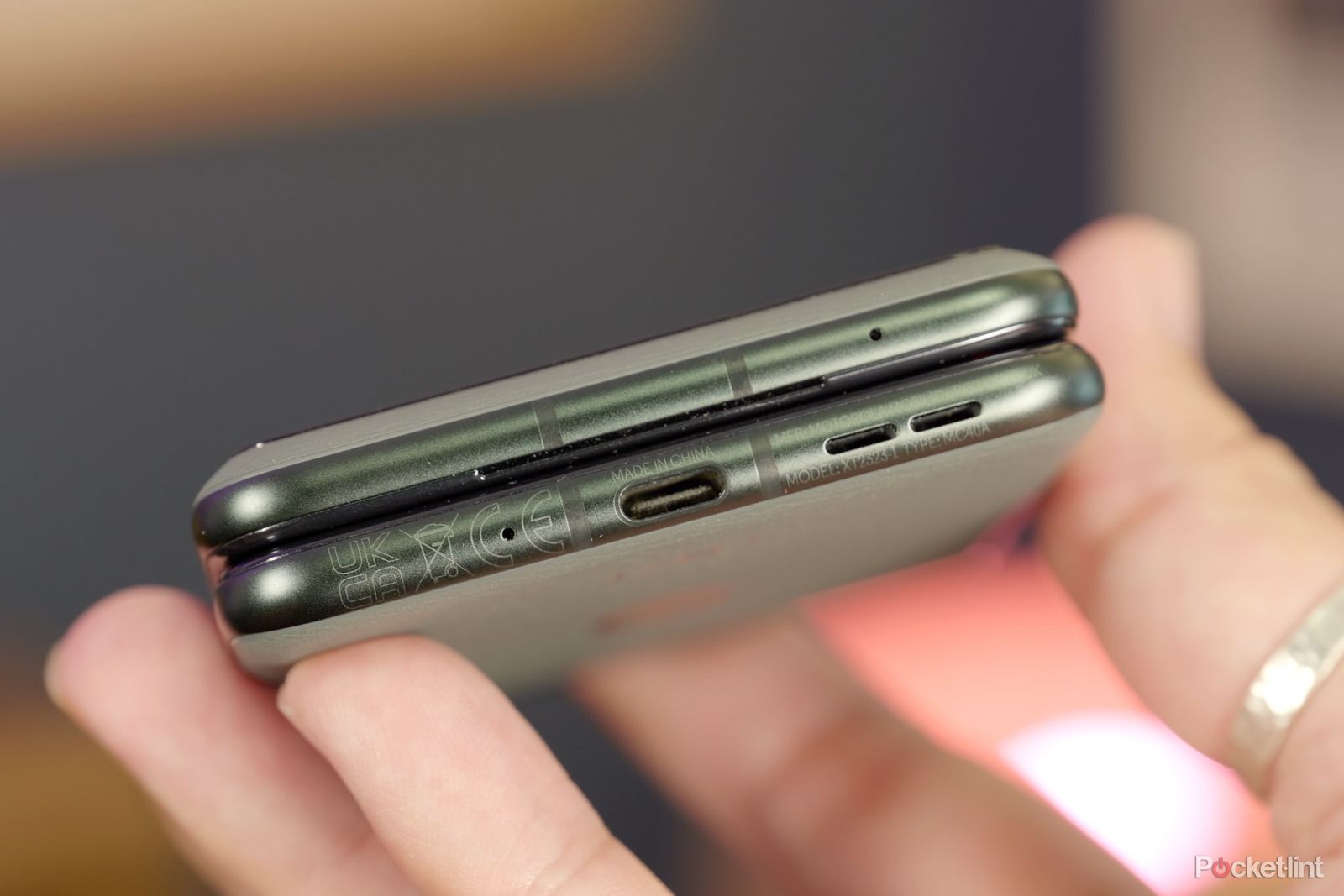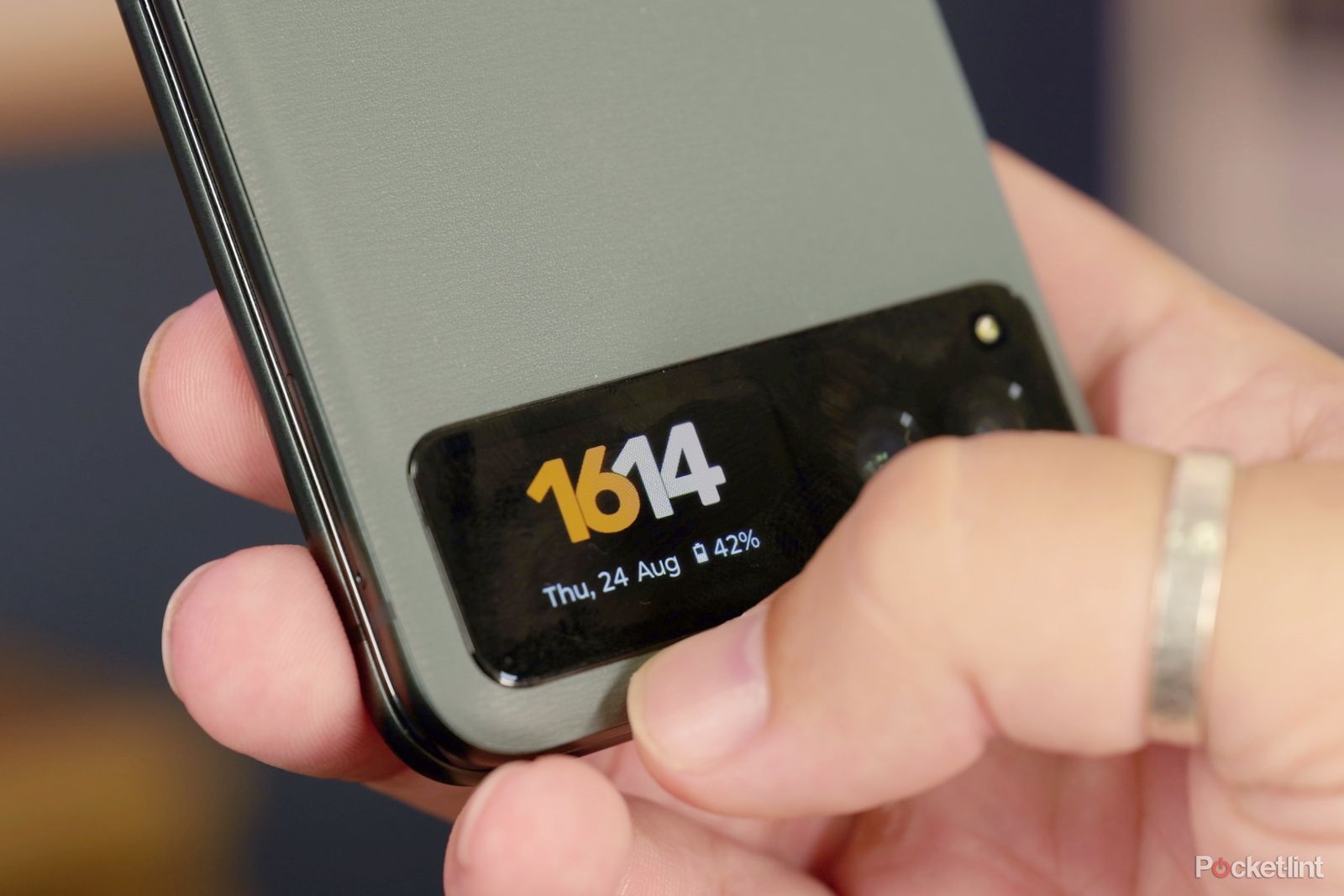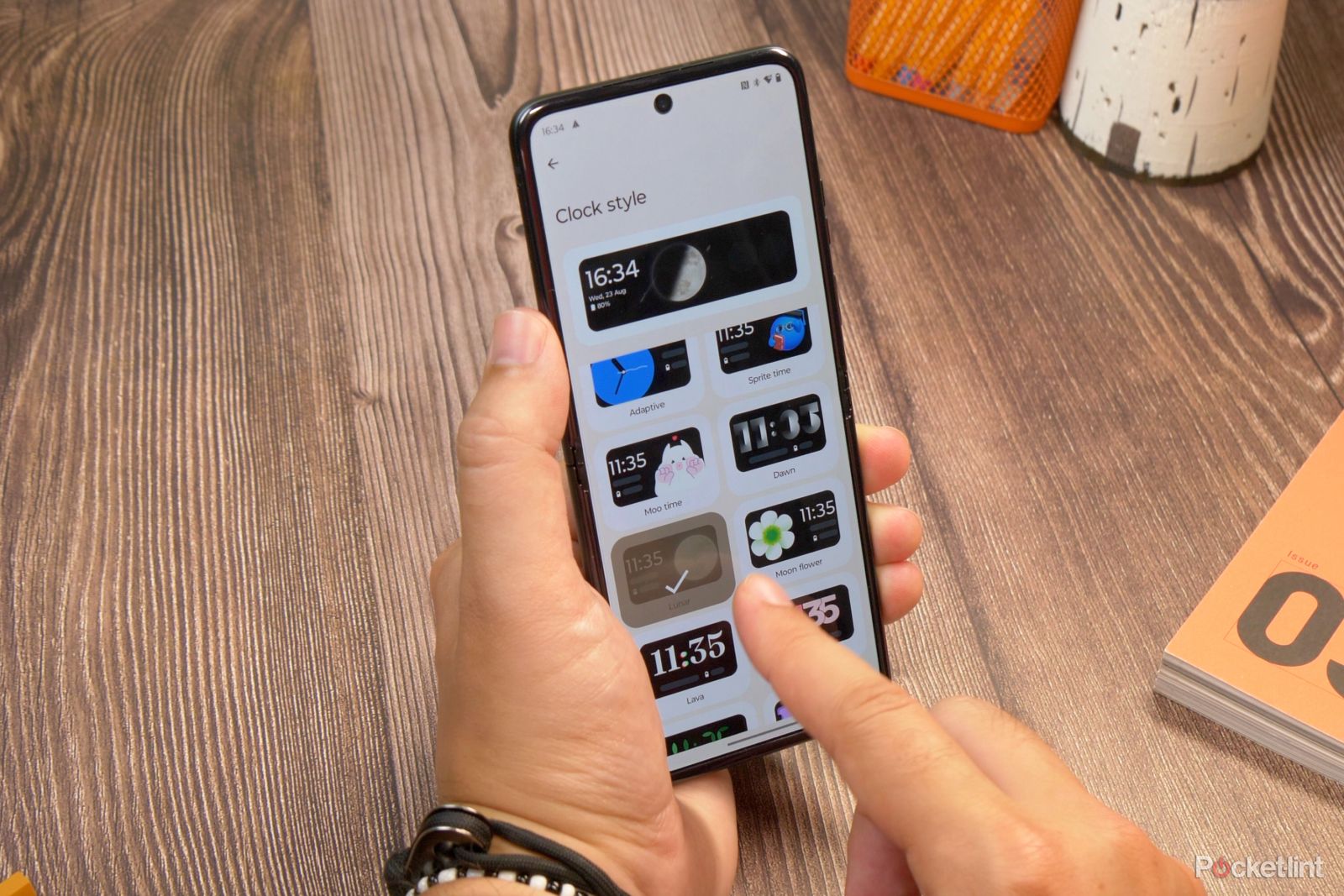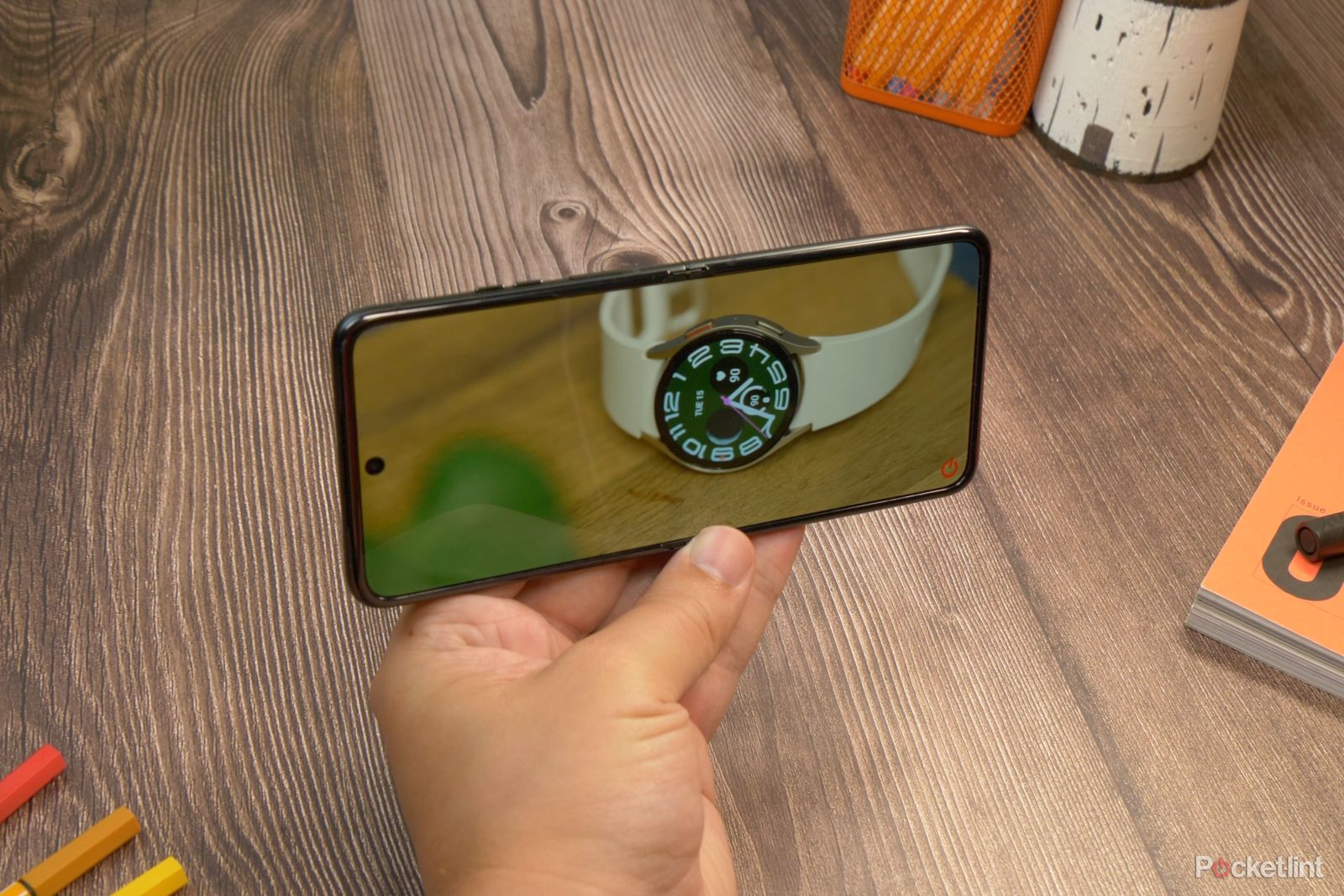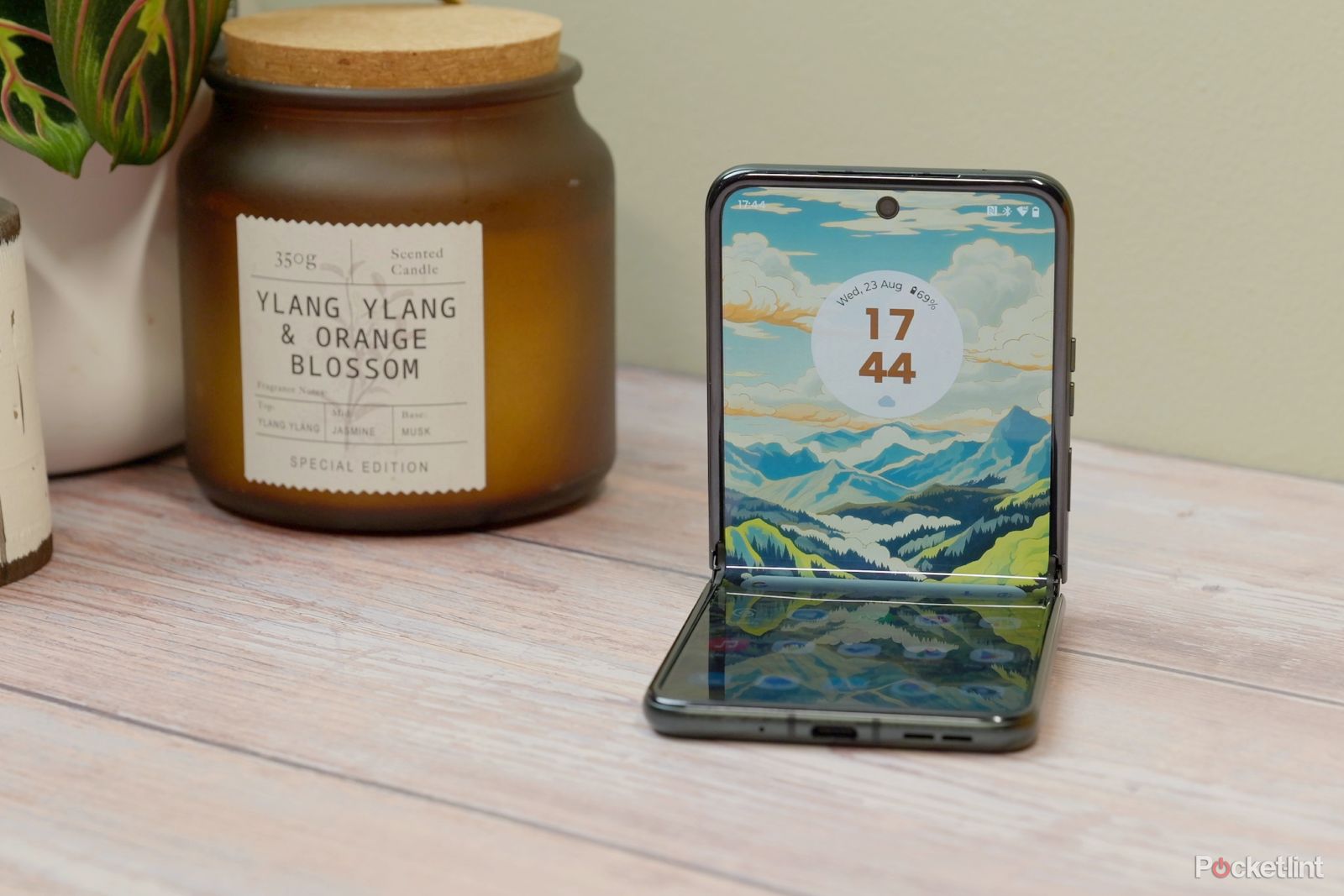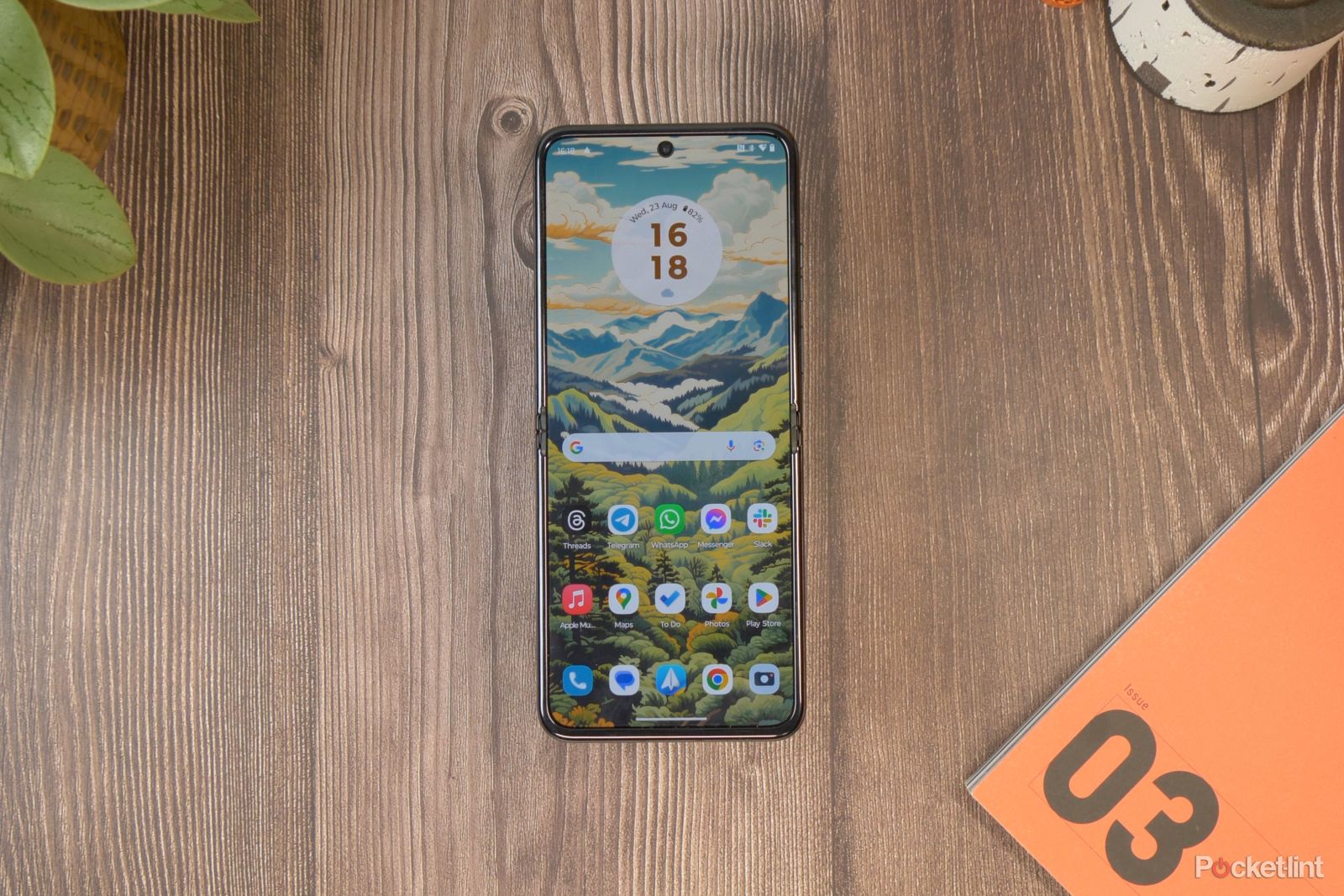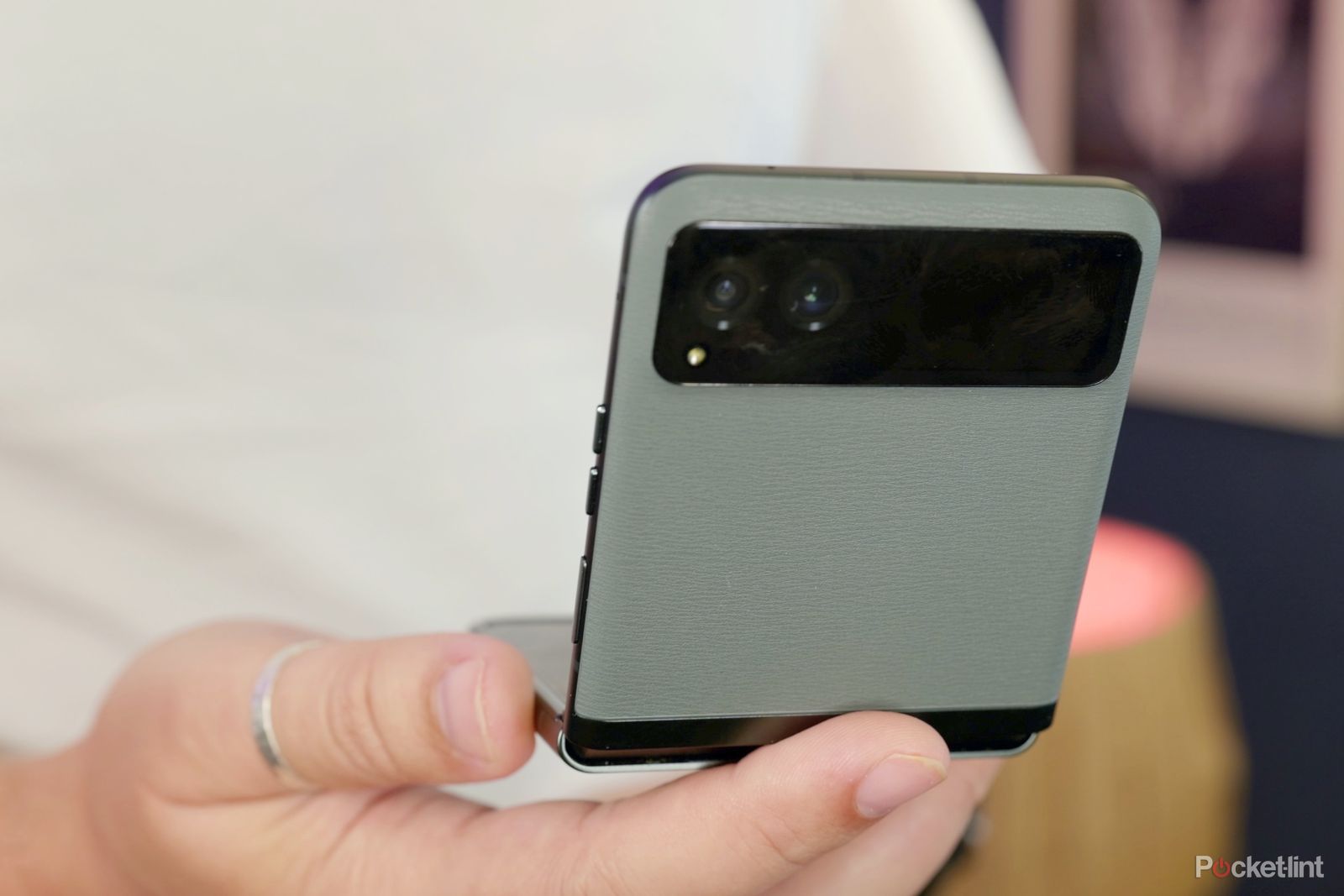When foldable phones first launched a few years ago now, they were brand-new innovations, which came with a hefty early-adopter tax. They were really expensive, costing almost twice as much as standard flagships which, in some ways, they didn't measure up to.
Now, in 2023, flagship foldable phones are much more affordable and - what I think is more important - there's a mid-range market emerging as the clamshell flip-style foldable becomes more popular. With the Razr 40, Motorola is delivering everything you'd want from a cute, fashionable foldable phone, but in a package that costs less than a top tier standard smartphone.
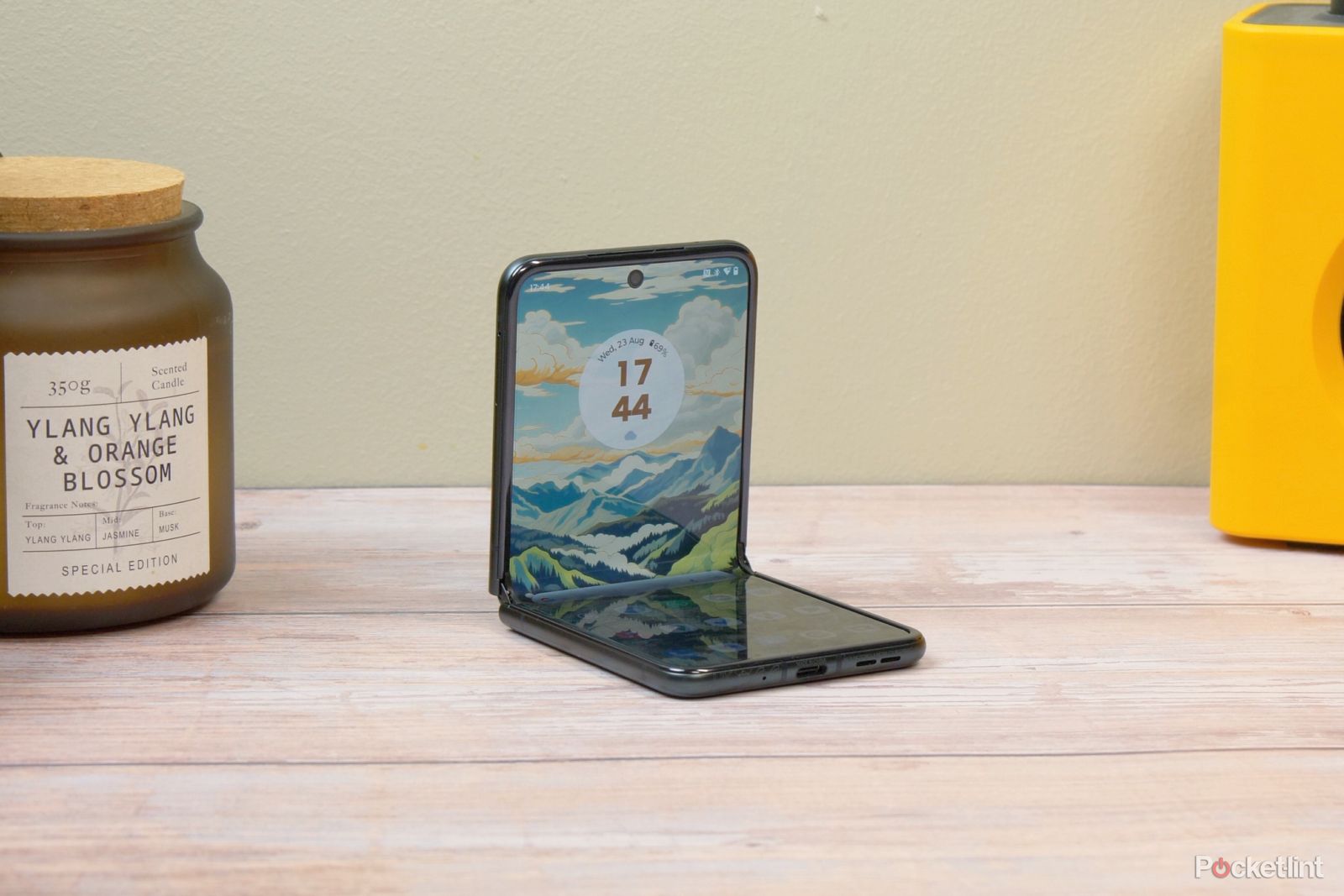
Motorola Razr 40
With the Razr 40, Motorola has delivered a really important device, bringing foldable tech with few compromises down to an affordable level.
- Great-looking phone that feels good in the hand
- Big, bright and colour-rich display
- Smooth and responsive performance
- Decent battery life
- Clean software
- Cameras are mid-range
- Mid-range chipset isn't as fast/efficient as Snapdragon 8 series
- Questions over flexible display durability remain
Design
- 170.8 x 74 x 7.4mm (unfolded) - 88.2 x 74 x 15.8 mm (folded) - 188.6 g
- Vegan leather exterior - Gorilla Glass Victus cover screen - Aluminium frame
- Zero-gap hinge - Water-repellant coating
- Sage Green, Summer Lilac and Vanilla Cream colours
There's something very appealing about the way Motorola designed the entry-level Razr 40 (or Razr 2023 if you're in North America). It's partly down to the three attractive colours chosen and partly down to the vegan leather material covering the front and the back. The end result is a phone that's charming to look at and feels superb in the hand.
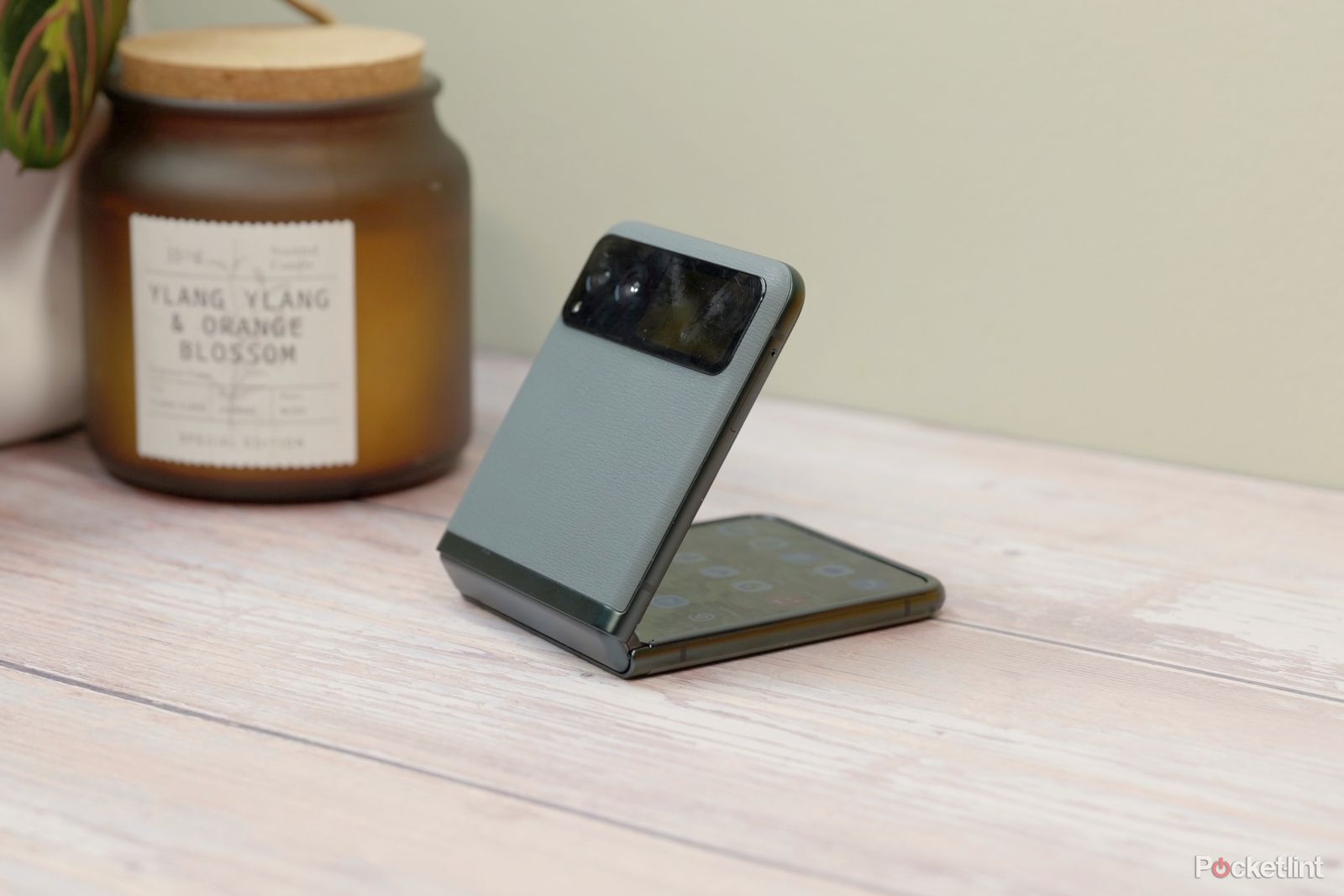


Each of the three colours - Sage Green, Vanilla Cream and Summer Lilac - looks stunning in this finish and is completely different to any other foldable clamshell currently on the market.
The material makes good practical sense too because the grip it offers ensures the phone doesn't slip out of your hand, or slip off surfaces like a smooth glass phone might. With most other foldables - including the Razr 40's sibling, the Razr 40 Ultra - there's a very real sense when you're holding it that you're holding a precious device made from glass that needs a case, or some form of protection. With the standard Razr, the vegan leather finish is like having a case already built in.
The only glass on the outside is covering the small cover screen that I'll get to in a bit. It's Gorilla Glass Victus, so shouldn't break too easily, but it does seem to scratch and get marked up badly if you don't look after it, so look out for that. The frame is made from a matte anodised aluminium, finished with a soft curve - similar to the Ultra - to add to that comfortable in-hand feel.
Another practical decision is giving it a water-repellant coating. It's not the highest level of water resistance out there but should mean it survives fine spray/light rain just fine.
Like the Moto Razr 40 Ultra it features an improved hinge, designed to hold the display open at different angles. It works well for the most part, but doesn't feel as sturdy or strong as Samsung's latest models. It will hold, but has an ever-so-slightly loose feeling to it.
Like previous versions - the hinge is also designed to shut completely flat when you close the phone. There's no gap for dust and pocket fluff to get into when it's in your pocket or purse. Saying that, dust can still get into the gaps on the outside of the hinge.
Otherwise, the basic template is similar to Samsung's older Flip models, in that it has a small exterior display on it for displaying the time and notifications. It also has a physical fingerprint sensor on the side, built into the wake/sleep button.
Outer screen
- 1.5-inch cover touchscreen display
- 194 x 368 resolution - AMOLED - 282ppi
The flagship foldable clamshells for 2023 have one main feature to differentiate them from the emerging cheaper segment: a big cover screen. One way Moto could introduce this cheaper model was avoiding that, instead sticking the small cover screen on the outside instead.
This exterior screen only measures 1.5-inches and is designed - chiefly - for quick access to basic information, notifications and quick settings toggles. It's not really designed to be used for gaming, apps or replying to messages.
You can see the time whenever you want, or use it to check weather conditions, read any notifications you have waiting for your attention. You get easy access to quick functions like recording voice notes and starting timers too if you want, and you don't need to unlock your phone to make use of those functions.
Of course, it's clearly going to be less useful than the bigger-screened foldable. If you get a message you want to reply to, you'll have to open the phone to do that. And - while you can use it as a selfie monitor to take photos of yourself with the better cover cameras - the field of view is so small, and the screen so dim, that actually framing it properly is a challenge.
You can customise it to suit your needs though. You can change the clock style and colour, and you can rearrange the other functions and widget panels that you can scroll through.
Inner screen
- 6.9-inch - 1080 x 2640 resolution - LTPO AMOLED display
- Up to 144Hz refresh rates - adaptive down to 1Hz
- 1400 nits peak brightness - HDR10+ certified - 1B colours
As for the larger internal screen, which measures a generous 6.9 inches, it's a bright, vivid AMOLED panel with rich colours and deep contrast. It even offers enough dynamic range to be certified for HDR10+ content.
It's genuinely a really great display. There are a few things that stood out to me while testing it, that I expect will mean most people interacting with this phone.
The first, and most obvious is the size. Stick it next to the Galaxy Z Flip - any generation - and the extra scale and width is immediately apparent. It helps the display feel a bit less narrow and more expansive, so content fills up more space when you're watching videos in full screen.
It's also really bright, with very saturated colours and can hit peaks of 1400 nits for those really bright spots in HDR video. There's an argument here that it's a little too saturated, bordering on that hyperreal effect that sometimes comes from excited AMOLED screens. You can switch on a natural mode if you want, to tone those down considerably.
That's not all though, the display can reach peak refresh rates of up to 144Hz. That upper refresh rate is limited to gaming, but that's not really an issue. This LTPO panel in the Motorola can drop as low as 1Hz when it needs to, so it ensures the display only animates with fast refreshes when it needs to and reduces to really low levels on a static page. That means much better battery efficiency than some other adaptive refresh rate displays.
Then there's the crease - it's there, but far less visible than what we've seen from Samsung so far.
There are inherent weaknesses with any foldable phone display. One of those - of course - is the structural integrity, particularly around the part of the display that folds. We've seen issues in the past where the screen protector layers peel off and need repairing. I've not used the Razr enough to know whether that's an issue here.
The other is that the plastic on the screen means it's far more prone to fingerprint smudges, which catch in light reflections and mean you don't get the same crisp optical clarity you might get on a proper glass display.
Joining the display are two speakers - creating stereo sound on either side of the panel - but I will say, the quality isn't amazing. Sound doesn't have much in the way of bass, and audio can come across a little harsh and treble heavy, and a bit tinny. Best stick to headphones with this one.
Hardware and software
- Snapdragon 7 Gen 1 processor - 8GB/128GB and 12GB/256GB options
- 4200mAh battery - 30W fast charging
- Android 13
In an effort to keep the costs down, Motorola opted not to include a flagship-level processor in the Razr 40. Rather than have a Snapdragon 8 series chipset, the cheaper model features a Snapdragon 7 Gen 1.
What that means - from a performance perspective - is that it's not lightning fast like the Snapdragon 8+ Gen 1 - but it keeps up with everyday tasks really easily. It's not slow or sluggish, with the high refresh rate display helping interactions feel smooth. It can run pretty much any game, loading it quickly, and gives you that sense of leaving you to do what you need without hampering you significantly.


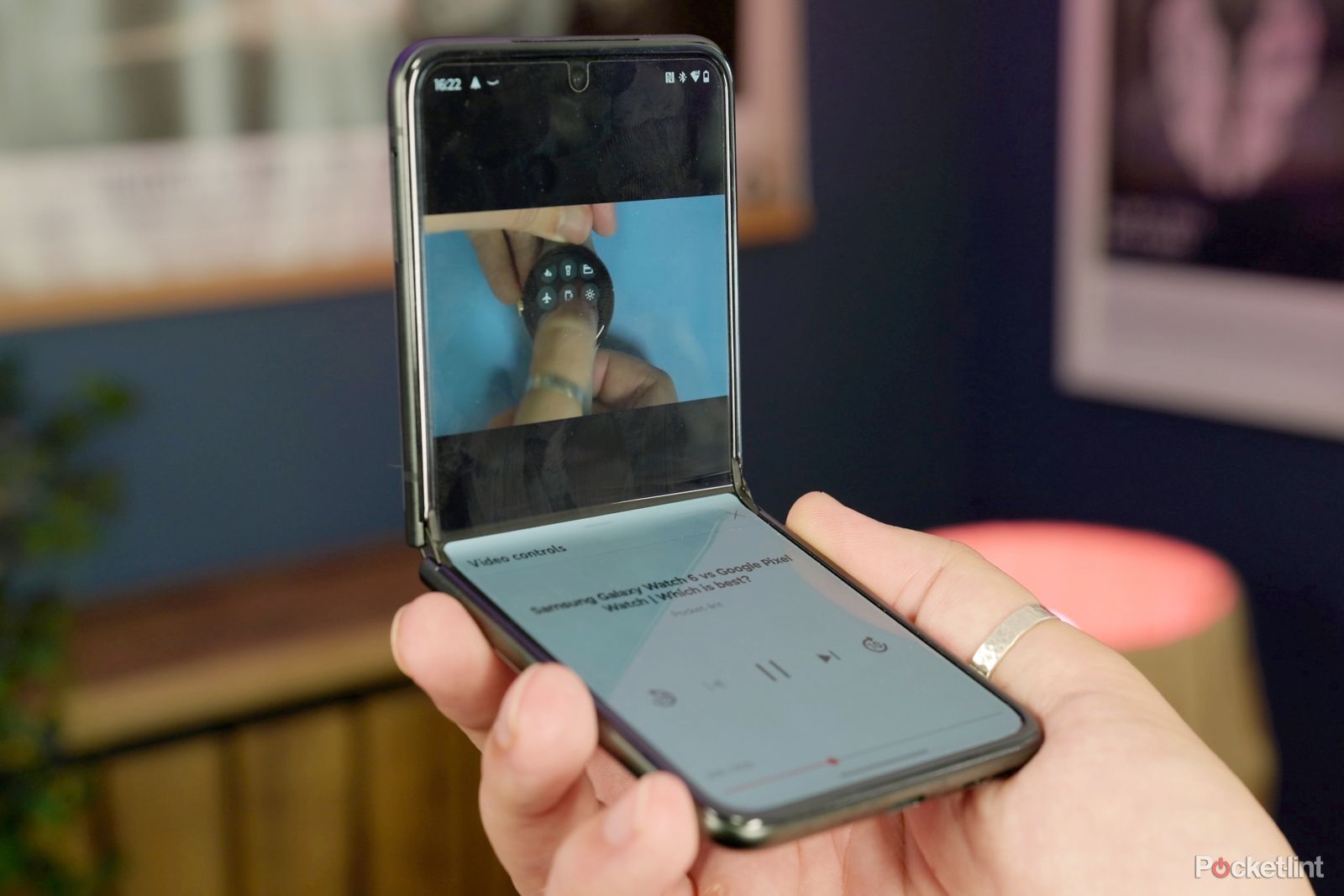
This processor is joined by 8GB RAM and 256GB of storage, plus a 4200mAh battery which is comfortably a higher capacity than either the Razr 40 Ultra or the Galaxy Z Flip 5.
It's the type of battery that means you'll get similar battery life to what you'd get from a traditional candy bar-shaped smartphone. Especially when you consider that a lot of those small interactions like checking notifications, weather and time, don't require opening the phone or using the larger internal display.
Actually judging performance isn't the simplest, but what I can say is that there were no days during my testing period where I was worried that I'd run out of battery. Even on the busiest days. I could use it for my usual 2-3 hours of gaming and browsing, and still get to my bedtime with some juice left. I don't remember one day even getting as low as the dreaded 19 per cent mark when the battery indicator starts to get panicked.
Charging it up again is quick enough too. With up to 30W speeds possible, and the battery being smaller than a traditional battery, you can refill that first fifty per cent in about 30 minutes.
As far as software goes, Motorola has kept things pretty clean. It's relatively bloat free, with a few of Motorola's own touches, like first-party clock widget design and its own take on customisation.
What's important is that Motorola has updated its software with some optimisations designed just for the foldable phone screen. With the camera app you can fold the display and have the monitor view on the top half, and controls on the bottom. It's a similar feel with watching some video apps - like YouTube - which gives you playback controls at the bottom, and the video on the top, so that you can just sit it down and watch your shows without holding it.
Cameras
- 64MP f/1.7 primary camera - PDAF/OIS
- 13MP f/2.2 ultrawide - 120-degree FOV
- 32MP selfie camera
Like its more expensive sibling, the Razr 40 is equipped with a pretty standard array of cameras. There are two on the front cover, built into the glass rectangular island, and another punched through the display on the inside.



The exact makeup is as we'd expect: the primary 64-megapixel camera on the front is joined by a 13-megapixel ultrawide which also doubles as a macro camera. That means you can get close-up sharp images of small objects as well as really wide landscapes.



It's clear from using them for an extended period, however, that as camera duos go, it's very similar to what I'd expect to find on a mid-range smartphone. In fact, of all the areas of the Razr 40, this is the one that needs the most improvement.



If you're in good daylight, you will get a decent enough image from the main camera. But there's definitely a sense that there's a lot of processing going on, and not always to the benefit of the final processed image. Images don't quite look as sharp as they might from Samsung's Galaxy Flip models, and miss some of the depth of field.
The ultrawide shots often come out with more crushed and contrasty darker areas and with more noise in the skies, clouds and shadows. It's one of those cameras - as with so many ultrawides - that's only worth using when you need that wider shot, and you've got a lot of natural light in the scene.
Verdict
There are a couple of ways you can look at the Razr 40. One of those is just as an expensive mid-range phone, with a less-than-stellar pair of cameras and a processor that's not quite as good as the Snapdragon 8 series models.
The other way to think of this is as an important moment in the evolution of foldable smartphones. It's the first time we've seen a brand new flexible smartphone land at such a competitive price point, and one that really sets a marker down for competitors to follow.
Despite its middling cameras, it's still a great device to use. It's small and portable, features a great-looking set of vegan leather colours and finishes, plus has one of the biggest, brightest and most vibrant displays on any foldable. And I think those positives far outweigh any perceived negatives around the camera or processor.

